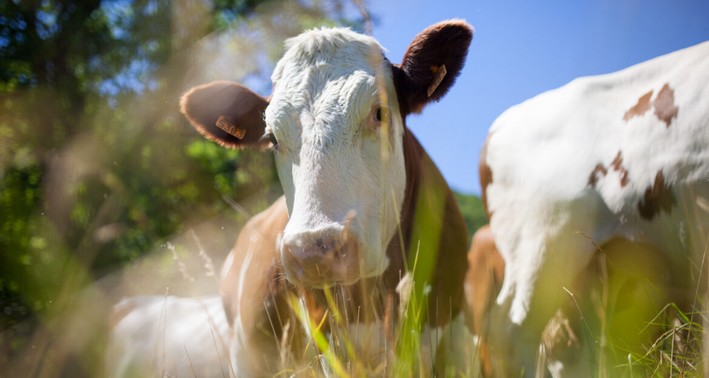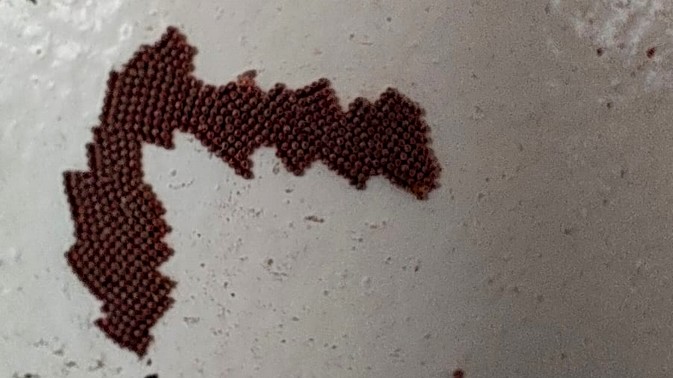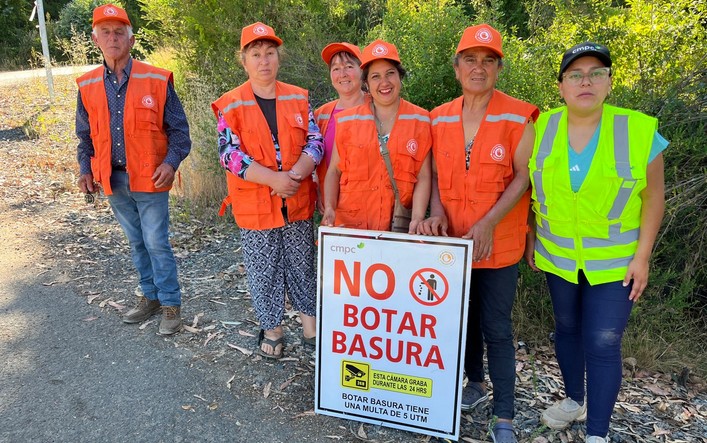Wildlife Conservation in Forest Plantations
Globally, Chile is one of the countries with the highest proportion of its territory converted into industrial forest plantations. This situation means that the landscape of significant areas in the central-south is dominated by plantations of exotic species such as pines and eucalyptus. Among the many ecological impacts caused by this transformation, one of the most concerning is the loss of habitat for various wild plant and animal species that originally lived in the areas where plantations were established.
The fact that the first pine plantations were established at high densities and were not subjected to pruning or thinning meant that the amount of light entering the forest was minimal, severely affecting the development of plants under the canopy. This, in turn, represented a major limitation for animals colonizing the plantations. Thus, the image of forest plantations as a "green desert" became widespread. However, over time, this situation evolved. As management schemes changed—reducing initial density and incorporating thinning and pruning—the understory of the plantations began to develop, and with it, the diversity of animal species in these artificial forests started to increase.
Research initiated in the 1990s began documenting the diversity of animal species present in pine plantations, revealing a large number inhabiting these environments. Additionally, these studies have shed light on the factors enabling the coexistence of wildlife with forest management. Among the main findings, the quality of the understory within plantations emerged as a crucial element for wildlife.
The presence of a developed understory provides shelter, nesting sites, and food for many animal species. Various experiments have shown how the absence of an understory limits the presence, movement, and reproduction of certain mammals and birds. Conversely, many animal species are more abundant in areas with greater understory coverage. Even for species not directly dependent on the understory, it often proves beneficial by attracting other animals that may serve as prey.
Another aspect of plantation management with a significant impact on wildlife is clear-cutting. This technique, which has been controversial worldwide, represents a radical transformation of habitat characteristics for fauna inhabiting the plantations. For example, the wildlife present in a plantation one month before harvest is very different from that recorded one month after clear-cutting. As a result, wildlife evolves over the years of the plantation's rotation cycle. In the early years, species more adapted to grassland and shrubland environments dominate, including many granivorous animals. In mature plantations, a higher proportion of forest-dwelling species, many of them insectivorous, can be found.
The disappearance of some animal species after clear-cutting can be attributed to three potential mechanisms: animals leave the area because it becomes unsuitable, animals remain but later die or fail to reproduce in the new habitat, or animals die as a direct result of harvesting operations.
A study conducted in Ñuble tracked two rodent species equipped with radio transmitters, evaluating their behavior and survival between one week before and one week after plantation harvest. While most long-tailed mice (Oligoryzomys longicaudatus) abandoned the harvested area, taking refuge in neighboring uncut stands, over 50% of the long-haired mice (Abrothrix longipillis) were crushed by machinery and logs during felling and skidding. These differences arise because the long-tailed mouse is highly mobile, quickly escaping danger, whereas the long-haired mouse's defensive behavior is to hide under leaf litter. While this strategy may help evade predators like foxes, it is ineffective against skidders dragging heavy logs. Interestingly, populations of both species recovered to pre-harvest densities within months.
Another effect of clear-cutting is the reduced mobility of animals, as many species avoid leaving tree cover to venture into open areas. A study in the coastal range of central Chile evaluated leaving uncut pine strips as "biological corridors" to improve landscape connectivity. Results showed these strips can indeed channel and increase movement rates for some species in extensively harvested areas. Similarly, harvest residue strips have been observed to facilitate small animal movement in clear-cut areas.
Challenges
Despite the persistent myth of the "green desert" in many circles, forest plantations in Chile have proven to serve as habitat for a significant portion of the natural biodiversity in their regions. Thus, a key challenge for modern plantation management is minimizing forestry's negative impacts on flora and fauna while enhancing positive aspects of this relationship. Below are summarized action areas and challenges the forestry sector must address to make its operations increasingly sustainable.
- While no clear evidence shows that weed control during plantation establishment significantly affects future understory development, avoiding chemical methods (herbicides, fire) is advisable where mechanical alternatives are feasible.
- Controlling exotic plant and animal species is crucial for wildlife conservation in plantations. Forest management can influence invasion rates in many ways. For example, livestock grazing promotes weed dispersal through feces, and road maintenance materials may introduce invasive seeds like black locust or similar species. The presence of domestic dogs can determine whether pudúes (Pudu pudu) persist in plantations.
- Although mechanized clear-cutting is nearly unavoidable in plantation forestry, measures can be explored to reduce its impacts on wildlife. Pre-harvest site assessments identifying sensitive species and critical areas (e.g., shelters, nesting zones) can aid harvest planning. Designing skid trails and roads to leave "refuge zones" for less mobile animals and escape routes for fleeing wildlife can also help.
- One Chilean study suggests larger harvest areas correlate with lower forest bird diversity, but data are insufficient to generalize or define optimal harvest sizes. As a precaution, smaller individual clear-cuts spatially arranged to prevent large contiguous open areas ("greening up") are recommended where possible.
- Harvest spatial organization should also consider landscape connectivity for less mobile species avoiding open areas. However, creating biological corridors requires evidence-based justification, as many "disconnection" issues are temporary until plantations regrow.
- Temporal planning of forestry operations is equally important for wildlife. Rotation length significantly influences which animal species persist in plantations. Where feasible, adjusting harvest dates to avoid critical periods (e.g., nesting, migration) should be considered.
- Maintaining native vegetation patches among plantations is key for sensitive wildlife. A critical challenge for this strategy's long-term viability is managing edge effects, particularly harvesting near ravines where felled trees often damage native vegetation. More research is needed to develop better harvest protocols for such scenarios.
Ultimately, reconciling forestry production with wildlife conservation largely depends on the attitudes of all involved. From basic behaviors like avoiding roadkill or hunting harassment, to ongoing monitoring for species of interest or critical habitats, to integrating wildlife considerations into tactical and strategic forest management planning.

















